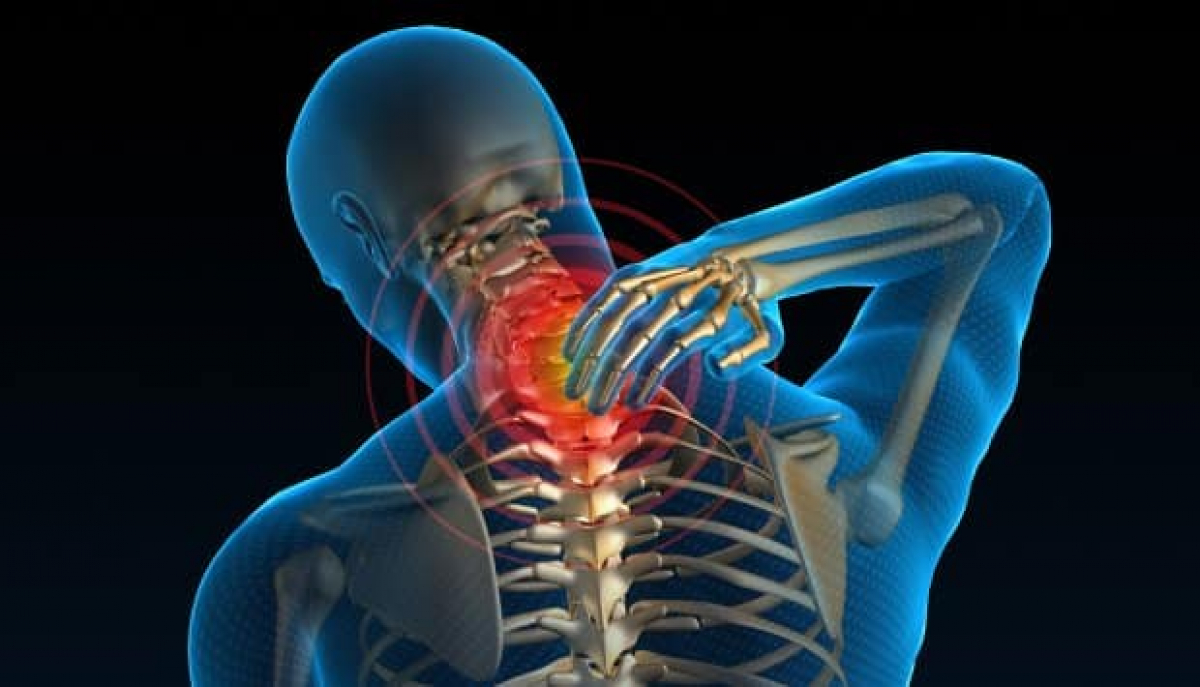You are most likely here because of an underlying painful sensation that stems from your outer upper thigh and all the way down to your lower calf or foot. This has probably been an issue that you might have put off to the side, due to the fast-paced manner and chaotic schedule in which our days tend to unfold.
By now, however, we know that you stumbled upon here because your pain has gotten considerably worse, and it has begun to affect your quality of life. We are certain that this type of pain is affecting your performance in work, sports, or even time with your family. The sensation that is making your calf or foot feel weak, numb, or even inflamed is called radiculitis. Stay tuned to the following information on what it is, its cause, and the next steps that need to be taken for recovery.
What is it?: Radiculitis is defined by chiropractors as the compression of a root nerve while it leaves the spinal cord. Sounds painful right? That’s because it is, as any issue regarding a nerve will cause you tremendous discomfort. As the nerve compresses, the root becomes inflamed, posing a threat to your well being.
Causes: It is known that any condition that is set to cause pressure upon the spinal nerves can immediately trigger radiculitis. The following conditions include:
- Bone spurs
- Disc herniations
- Hardening of ligaments of the area
- Scoliosis
- Spinal stenosis
General symptoms: The main symptom associated with this ailment is “radicular pain,” defined as a strain from top to bottom. Usually forming a pathway from the thigh, down to the heel or calf. This pain may be accompanied by tingling and muscle weakness. It may start out as mild discomfort, but if left untreated the agony can become extreme.
Symptoms of specific variations of radiculitis:
- Cervical radiculitis: People who suffer this variation tend to feel pain in the areas of the neck, shoulders, and back. Numbness can also be associated with cervical radiculitis, affecting the hands, arms, and fingers of the individual.
- Lumbar radiculitis: This affects mostly the lower back area of the individual, causing severe back pain and limiting one’s motion. It triggers numbness in the legs, feet, and toes. If left untreated, it can also cause a burning sensation in the person’s hips. These are symptoms that as mild as they may feel, slowly but surely deteriorate your quality of life. The level of discomfort may be low for a long while, but can, unfortunately, creep up on you in the most unprecedented of times.
Treatments:
- The way to tackle radiculitis is to first identify the underlying conditions we talked about in the first place. Your chiropractor has to see if you’re suffering from a bone spur, a damaged disc, or anything of the sort. The options for treatment generally include anti-inflammatory medication, specified exercise, and lots of rest. However, please note that chiropractors aim to exclude medication from the equation.
- If the medicine does not alleviate the symptoms, the doctor may opt to order a regiment of physical therapy targeting the afflicted area. If those treatments do not deliver the desired results, surgery may have to be the next option. Chiropractors, of course, will do everything in their power to avoid unnecessary, invasive treatments such as surgeries.
Now that you’ve acquired more detailed knowledge of what has caused your pain, and what it means to get the proper care, we hope that you’ll make the right decision. Meaning, that you’ll get up from that couch, take that bag of ice off your shoulder, and march straight down to the chiropractor’s office to cure your radiculitis.
